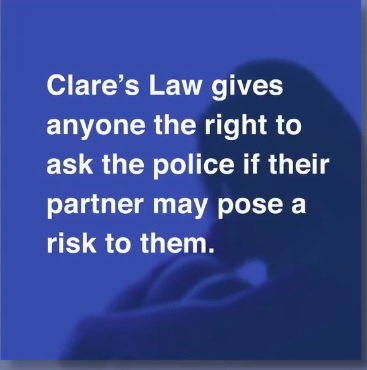
Clare’s Law disclosure rates appeared in the news this month. Published statistics have been used to claim that police forces in England and Wales are leaving people at risk by rejecting Clare’s law checks on suspected abusers. On the other hand, some police forces claim that their proactive work is reducing domestic violence.
To inform this blog, I applied business analytics techniques to the data tables accompanying the Office of National Statistics (ONS) article titled ‘Domestic abuse and the criminal justice system, England and Wales: November 2023’.
Main Findings
The main findings are that:
- There is considerable variance between police forces in Clare’s Law disclosure rates.
- This variance is not correlated to prevalence of Domestic Abuse, i.e. there are some forces with low disclosure rates and high prevalence of Domestic Abuse and vice versa.
The variances suggest that UK policing might benefit from applying a national workload model as part of a process improvement programme. Process Evolution developed such a model of vetting processes on behalf of the National Police Chiefs’ Council as part of the Uplift programme. It was used to understand process variance and drive productivity gains, with its ultimate goal being to ensure that national vetting capacity did not constrain the recruitment of police officers through the Uplift programme.
Background to Clare’s Law
The Domestic Violence Disclosure Scheme (DVDS) is often referred to as “Clare’s Law” after the case of Clare Wood, who was murdered by her former partner in Greater Manchester in 2009. It has been applied by police forces since its roll out in 2014. Its purpose is to to enable the police to disclose information where it could protect a member of the public who may be at risk of harm from domestic abuse.
The DVDS uses two procedures:
- “Right to ask” is triggered by a member of the public applying to the police for a disclosure.
- “Right to know” is triggered by the police making a proactive decision to disclose information to protect a potential victim(s).
These procedures should be underpinned by risk assessments and practical safety advice when a disclosure is made.
Analysis
This article poses the following questions:
- Is there variance in the Clare’s Law disclosure rates between police forces?
- Is there variance in the rate at which Clare’s law is triggered between police forces?
The first chart has two parts. The top half shows the disclosure rate per application under Right to Ask (y-axis) by Force (x-axis). The lower half shows the disclosure rate by Force under Right to Know.

We can see that:
- Right to Ask disclosure rates per application vary from 59% down to 6%
- Right to Know disclosure rates vary from 73% down to 0%
- Those police forces with high Right to Ask disclosure rates don’t necessarily have high Right to Know disclosure rates, although Essex is low in both cases whilst Lincolnshire is high in both cases
The second chart is a scatter plot showing the number of Domestic incidents and crimes per 100,000 population against the Right to Ask disclosure rate:

We can see that:
- Domestic abuse crimes per 100,000 population (x-axis), range from 678 (Surrey) to 2,734 (West Yorkshire).
- There is little correlation between Clare’s Law disclosure rates under Right to Ask (y-axis) and DA crimes per 100k of population.
There are forces with high prevalence of Domestic Abuse and low Clare’s Law disclosure rates, vice versa and everything in between!
Conclusion
The Clare’s Law (the DVDS) was designed to reduce domestic abuse by sharing information about a person’s known history. Although overall crime volumes may have plateaued in 2022/23, they had risen significantly in recent years. Furthermore, changes to crime recording rules, whereby multiple crimes can now be recorded under the ‘main’ crime may also be impacting the published statistics and we should also consider the differing ways and reliability by which forces record domestic incidents.
Nevertherless, the variances shown suggest that Clare’s law is not being fully exploited. In my experience, such variances can be caused by many factors, including:
- Lack of awareness amongst the public.
- Inefficient processes causing delay and additional work, contributing to a
- Lack of capacity to process applications.
Were serious crimes to occur when applications under Clare’s Law could have prevented them, reputational damage could result, not to mention the harm caused, so all in all, this is an opportunity worth tackling both for the benefit of both victims and police forces.
A process improvement programme, such as that delivered by Process Evolution for the vetting processes, would help realise the benefits from Clare’s law. Process Evolution’s new Cloud-based modelling technology would enable this to be delivered in a more streamlined way.
If you would like to find out where your police force is on the latter chart, or to understand how to optimise your own processes, drop me a line.
